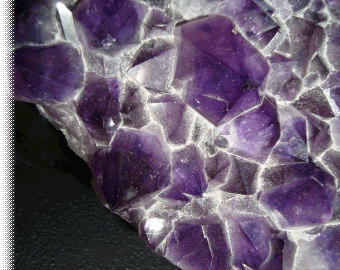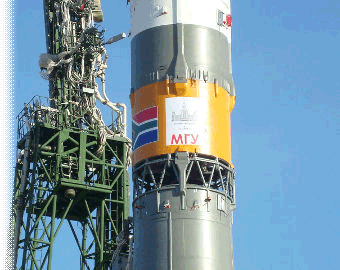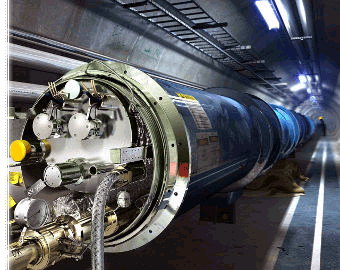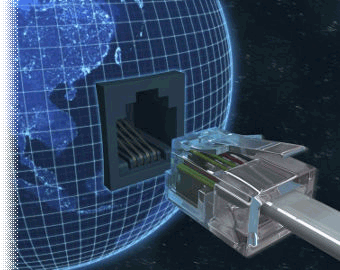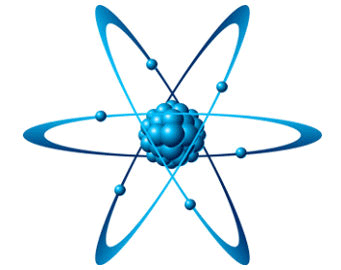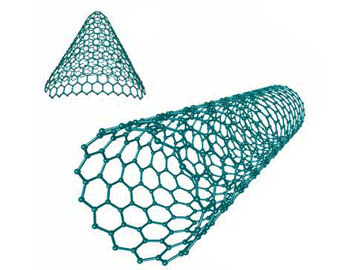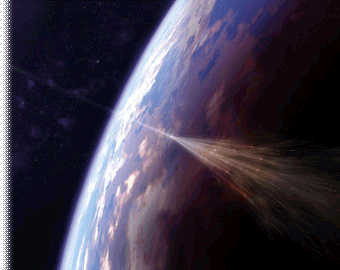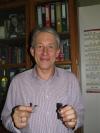|
|
News
-
30.12.2015
XLVI International Tulinov Conference on Physics of Charged Particles Interations with Crystals
XLVI International Tulinov Conference on Physics of Charged Particles Interations with Crystals (ITC-16), Moscow, 31 May? 2 June 2016 г.
More information at http://danp.sinp.msu.ru/tulin_conf.htm
-
02.12.2015
Why Europe will soon be cold?
What is the climate waiting for Russia and Europe in 15-20 years? Will be there weather abnormalities in the coming decades? Will some areas experience more severe winter, while the others will have hot summer? It all depends on how much the climate will be affected by the dynamics of the possible onset of minimum solar magnetic activity. The Sun's behaviour in future cycles is the main theme of a publication on the forecast and explanation of the minima of solar activity. The paper was prepared with contributions from Elena Popova from the Skobeltsyn Institute of Nuclear Physics (Lomonosov Moscow State University) and was published in Scientific Reports.
-
27.11.2015
Scientists monitor the influence of black carbon on climate in the Russian Arctic
Instrumentation for aerosol monitoring and characterization has been developed by a research team of SINP MSU leading by Dr. O. Popovicheva. In October 2015 new aerosol technology was successfully implemented onboard the research ship ?Akademik Trechnikov? of the Arctic and Antarctic Research Institute (AARI) during the marine arctic Expedition Sever -2015.
-
25.03.2015
SINP scientists celebrate the 57-th anniversary of the first scientific instruments' space launch
On November 3, 1957 SINP scientists launched scientific instruments to space for the first time in the world. The instruments were mounted onboard the second Earth's satellite. Onboard this satellite the first living being - dog Laika - was also launched to space.
-
18.03.2015
Russian Titanium will help in searching for dark matter
It is possible to produce Titanium with ultra-low content of radioactive elements undustrially. Russian scientists concluded it after detailed research. Produced Titanium can become an innovative low-background structural material for perspective detectors of dark matter and other low-background experiments. SINP scientist Alexander Chepurnov initiated a project on the search for new structural materials for dark matter detectors in collaboration with the Russian scientists from the Institute for Solid State Physics RAS, D.I.Mendeleev Russian CHemical and Technological University, N.E.Bauman Moscow State Technical University and specialists from Solikamsk Magnesium-production Plant.
|
|

